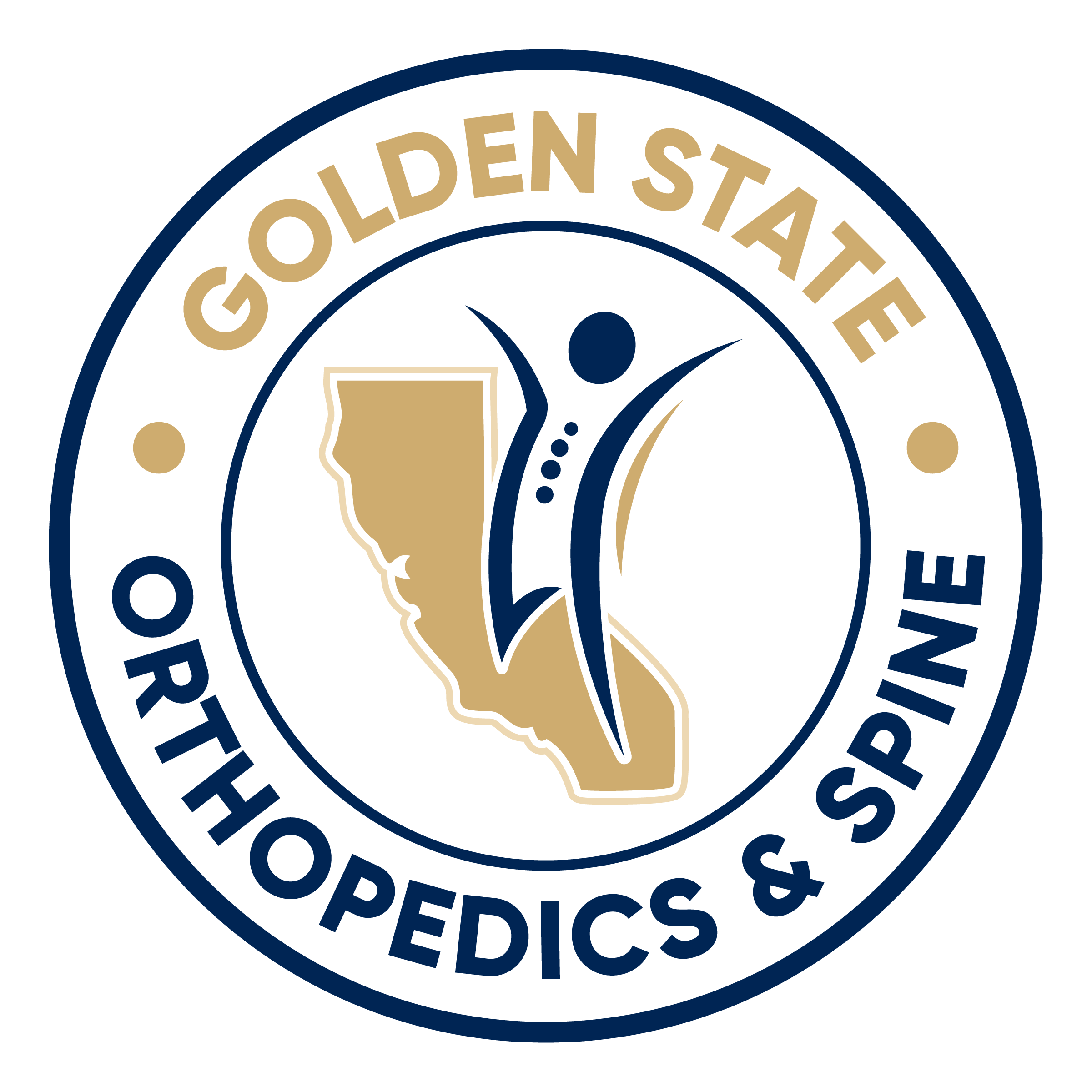Outpatient Total Hip Replacement Puts Golfer Back in Game
New anterior surgical method cuts costs and recovery time in half
James Murchison had always been an avid athlete. Whether skiing down a mountain or perfecting his golf game, the former baseball and soccer college athlete made it a point to stay active and in shape.
But after a ski injury five years ago, he felt pain in his groin. He assumed he had pulled a muscle. But after visiting an orthopedic physician, the x-rays told a different story.
The angle of the femur, the large bone in the upper part of the leg, placed a lot of stress on his hip. The hip showed significant erosion and wear. Furthermore, the head of his femur had a divot from a lifetime of friction.
A total hip replacement would be necessary.
“I was shocked that I needed a hip replacement. Being so active my entire life, I assumed I would just need time to heal. I never imagined needing a hip replacement,” he explains.
Not ready for surgery, James delayed treatment. His pain grew slowly for nearly five years, starting in his groin, traveling to his knee and extending outside of his shin.
By age 63, he wasn’t able to run and opted for long walks on flat pavement instead. He had stopped skiing because his body couldn’t sustain the jarring impact. His favorite pastime, golf, had weakened from a five handicap to a ten handicap. His hips wouldn’t allow him to kneel down or angle his body in order to hit the ball accurately.
Then he learned that his golf hero, Tom Watson, had done an anterior hip replacement and experienced little downtime and had a smooth recovery. Curious, James began doing research.
The anterior surgical procedure involves replacing the hip through the front side of the body without cutting any muscle. Anterior methods require 23 hours at a surgery center, and patients are fully functioning within as little as two weeks.
Traditional methods approach the hip from the posterior, or backside, cutting through extensive muscle. Traditional total hip replacement involves three to four nights in the hospital and six months for total rehabilitation.
James had friends who had done posterior total hip replacements in the hospital. They were in the hospital for six days, prone to infection, and took weeks to function normally.
James determined that an anterior hip replacement was the only option he would consider.
Pain, pain go away
“After seeing friends miserable, in pain, and forced to stay home for long periods of time, I decided I didn’t want to put myself and my family through that.”
He began to search for a physician who was experienced in the anterior hip replacement method. After following several leads, he realized his search was going to be much more difficult than he originally thought.
Most of the doctors James found had heard of the procedure but had not done it yet. Others focused primarily on total knee replacement.
Finally, a friend recommended Dr. Louay Toma of Golden State Orthopedics & Spine.
James called immediately and made an appointment.
Dr. Toma is one of a handful of surgeons performing this procedure in Northern California.
After meeting Dr. Toma, James felt comfortable with his approach and experience. He also found out that his injury was much more severe than originally believed.
“James, you have one of the worst hips I have ever seen,” Dr. Toma explained. “You’re in a lot of pain.”
Knowing James wouldn’t answer truthfully, Dr. Toma asked his wife how much pain James was truly in. She answered back without pause.
“A lot.”
That day, James made an appointment for his surgery. Wanting to decrease the possibility of an infection, he chose to go to a surgery center rather than a hospital for the procedure. Three weeks later, he underwent outpatient total hip replacement.
After the surgery, James had an astonishing recovery. He was walking with no pain within four hours of the procedure. Dr. Toma visited several times throughout the day, and James received attentive care from a nurse assigned only to him.
After an overnight stay, James went home to recover. He was back to work on Monday. Within two weeks he was doing everything he would normally do in day-to-day life, without any pain.
Seeing the x-rays of his new hip, James was shocked at how perfect his hip looked. He consulted a radiologist friend to review his x-rays. His friend agreed, the hip replacement was perfect. Curious, he asked Dr. Toma how this was possible.
“I don’t stop until it is perfect,” Dr. Toma explained.
Dr. Toma also makes the first and last cut during surgery. Rather than assigning a portion of surgical duties to another doctor and being present only to replace the hip, Dr. Toma makes it a point to complete the entire surgery personally. While the replacement alone can take as little as 20 minutes, the entire surgery can take as much as two hours.
Now James has a new lease on life.
He enjoys walks on the beach with his wife, a simple pleasure he was unable to do before his surgery. His golf game is quickly improving, and he can kneel in any bunker in his path. His rowing machine is no longer collecting dust, and he is enjoying putting it to good use. For the first time in years, James is eager for the ski season to begin.
James has also encountered an unexpected problem.
Over the years his gait adopted a limp to lessen pain. Even though he no longer has pain, he has to actively concentrate to stop himself from limping.
It’s a problem he says he is okay with.




